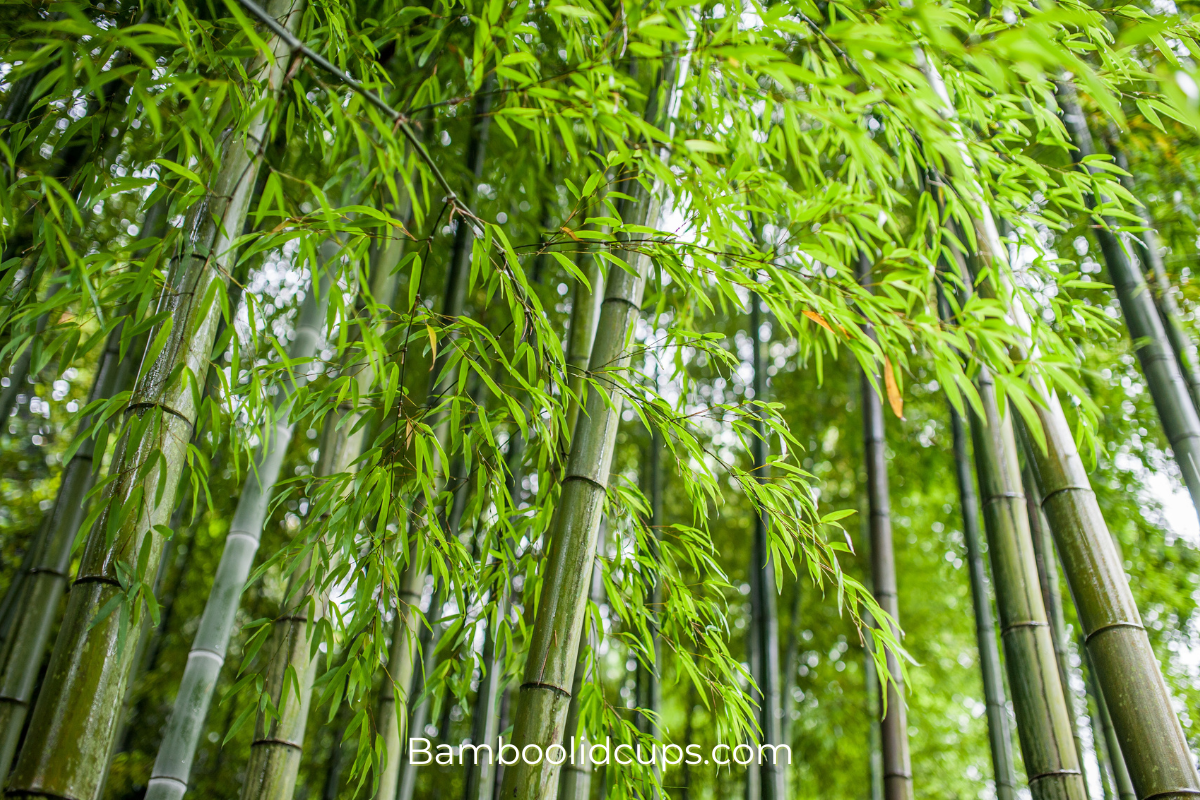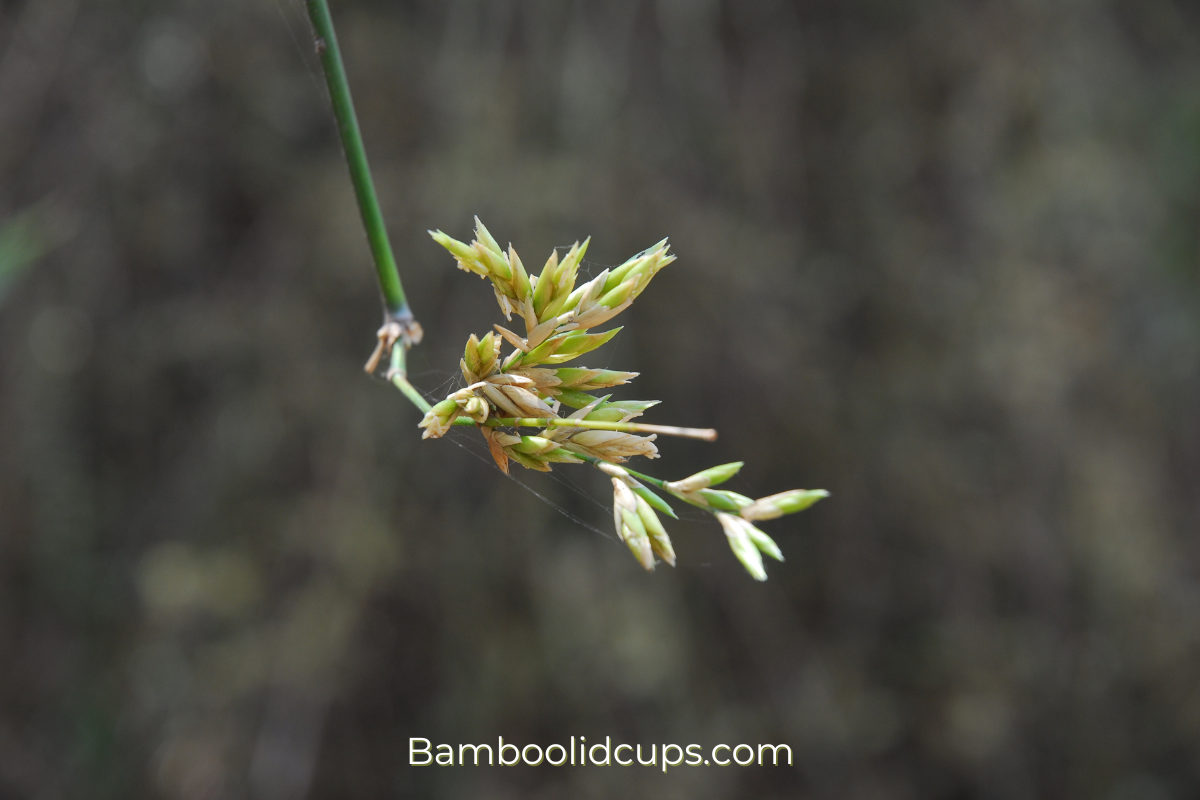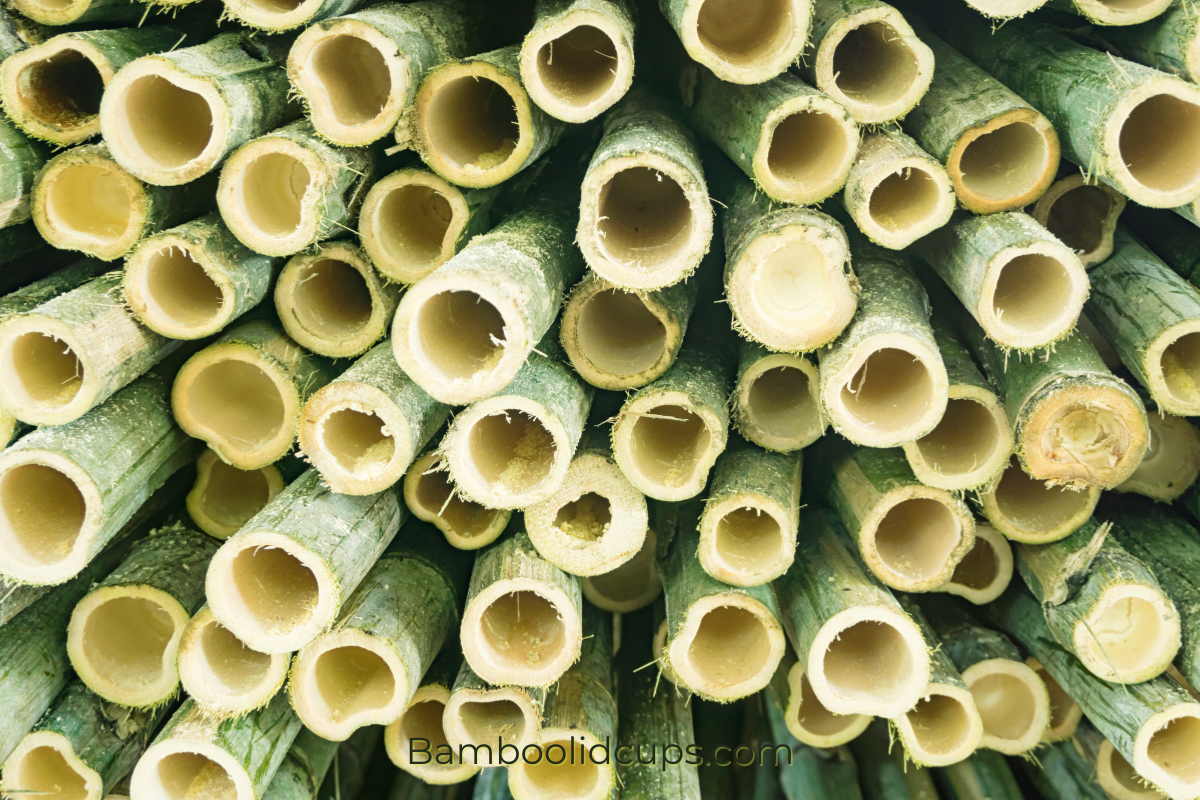Why is bamboo a grass? Despite its tall, tree-like appearance, bamboo is not a tree but a grass. Known as one of the most versatile and sustainable plants on Earth, its classification is based on unique botanical and structural characteristics that distinguish it from traditional trees. Let’s dive deeper into this intriguing classification.

Why is bamboo a grass?
Structural Features
• Hollow Stems: Bamboo stems, also called culms, are typically hollow inside—a key feature that aligns it with other grasses.
• Nodes and Internodes: The stems have visible nodes (joints) and internodes (the sections between nodes), which are common in grasses like wheat and sugarcane.
• Grass-Like Leaves: Bamboo leaves resemble those of other grasses, growing in a linear and lance-shaped form from its nodes.
Growth Patterns
• Rhizome-Based Growth: Bamboo spreads underground via rhizomes (horizontal root systems), allowing it to grow in clumps or spread quickly over a wide area.
• Rapid Growth: Known for being the fastest-growing plant in the world, bamboo can grow several feet in a single day, a trait shared with grasses like sugarcane.
Reproductive Traits
• Flowering: Bamboo flowers infrequently, sometimes only once in decades, but when it does, its reproductive process mirrors that of other grasses.
• Seed Formation: After flowering, bamboo produces seeds that closely resemble grains, further cementing its grass classification.

Botanical and Genetic Classification
Bamboo belongs to the Poaceae family, the same family that includes rice, wheat, and corn. Within this family, bamboo falls under the subfamily Bambusoideae. This genetic link to grasses is supported by its monocot structure, which influences its vascular system and overall growth patterns.
Why Bamboo is Not a Tree
Although bamboo can grow as tall and strong as trees, it lacks the woody secondary growth (true wood) that is typical in trees, which explains “why is bamboo a grass”. This makes bamboo a “woody grass” rather than a tree. Its ability to regenerate rapidly from its roots also sets it apart from trees, making it more sustainable and eco-friendly.
The Ecological and Practical Importance of Bamboo
Bamboo is not only fascinating from a botanical perspective but also vital to our ecosystem and industries:
• Sustainability: Bamboo’s rapid growth and ability to regenerate make it an excellent renewable resource.
• Versatility: Bamboo is used for construction, furniture, food, textiles, and even eco-friendly products like bamboo lid cups.
• Environmental Benefits: Bamboo absorbs more carbon dioxide and releases more oxygen than most trees, making it a key player in combating climate change.
Conclusion
Bamboo is a remarkable plant that bridges the gap between grasses and trees. Its classification as a grass is due to its structural, reproductive, and genetic traits, distinguishing it from traditional woody plants. Understanding why is bamboo a grass helps us appreciate its ecological value and unique role in both nature and human industries. “In conclusion, bamboo’s unique characteristics set it apart as a grass, not a tree. For further details, learn more about the botanical classification of bamboo on Wikipedia.”
See More
